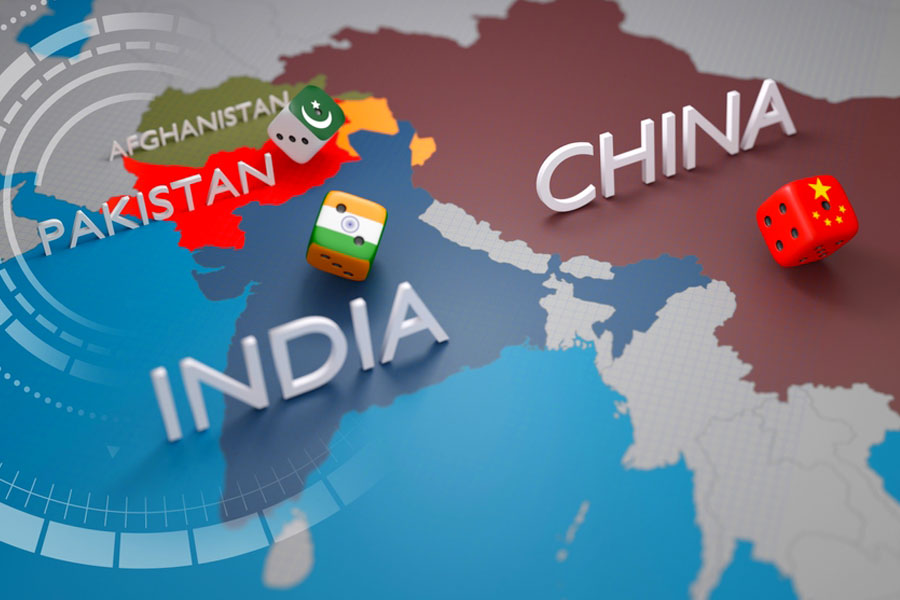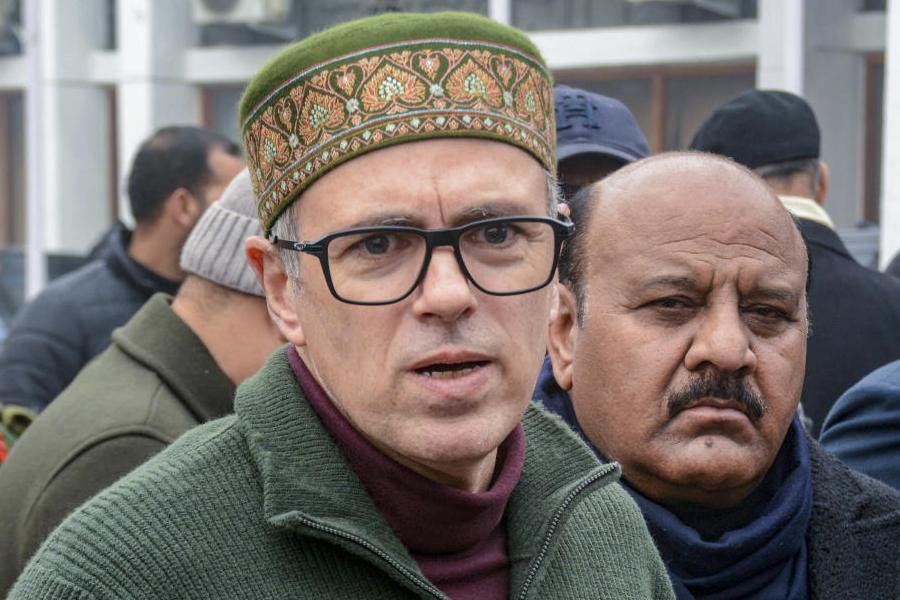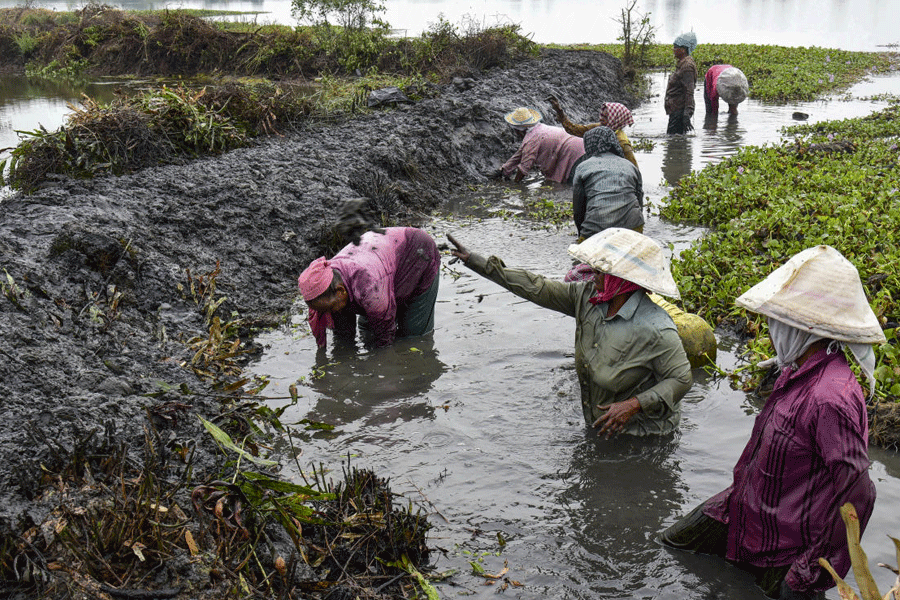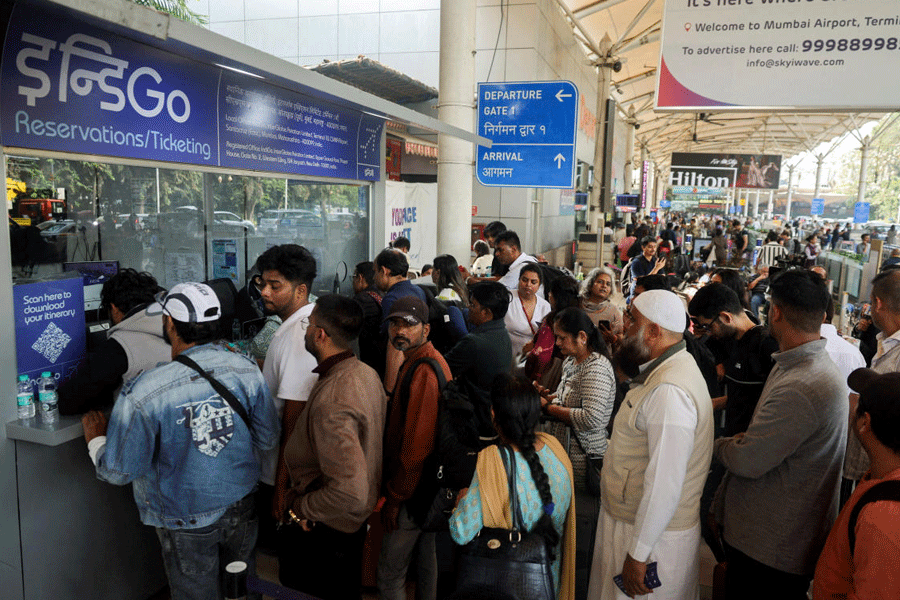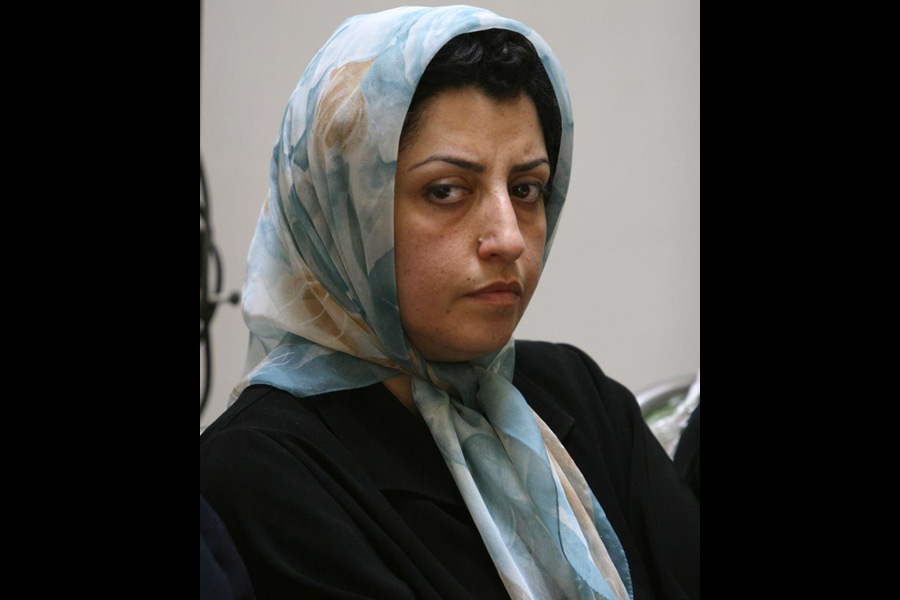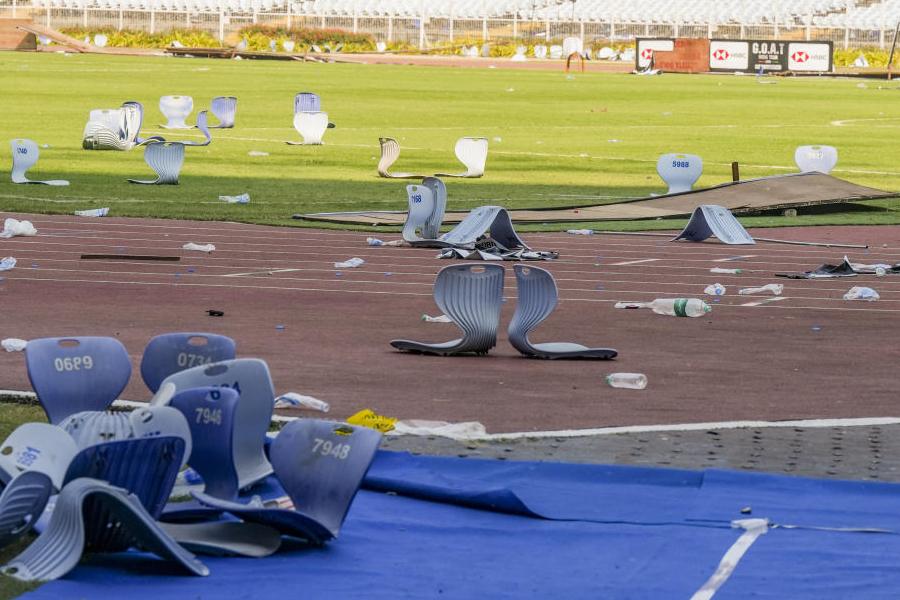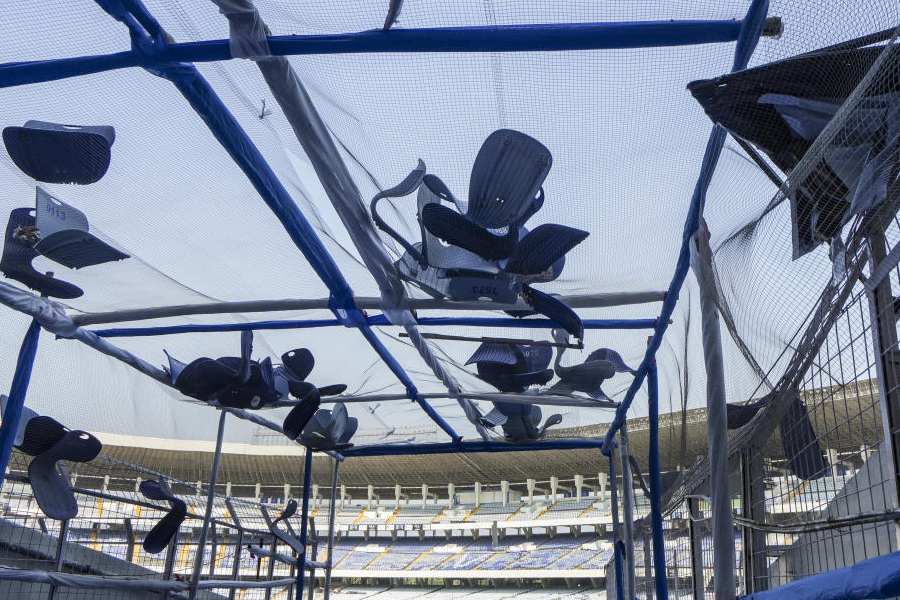India and China reaffirmed their commitment to “peace and tranquillity” along the Line of Actual Control in eastern Ladakh during the latest round of military talks, the external affairs ministry said on Wednesday.
The ministry’s readout was, however, silent on the return of the demilitarised “buffer zones” created within India-claimed territory at multiple points of Chinese transgression. Overall, the Chinese army is estimated to have taken over close to 1,000sqkm of India-claimed territory in Ladakh following multiple incursions since
May 2020.
“The two sides noted the progress since the 22nd round of corps commander-level meeting held in October 2024 and shared the view that peace and tranquillity has been maintained in the India-China border areas,” the Indian statement on the talks held on October 25 said.
The talks, held at the Moldo-Chushul border meeting point on the Indian side, took place “in a friendly and cordial atmosphere”, the statement said.
“Both sides agreed to continue to use existing mechanisms to resolve any ground issues along the border to maintain stability….”
The Chinese transgressions, resulting in the Galwan Valley clash of June 2020 that killed 20 Indian soldiers, had led to a military standoff and strained the bilateralties.
Sine then, there have been “partial” Chinese disengagements from the Galwan Valley, the south and north banks of the Pangong Lake, Hot Springs and Gogra, but at the price of Indian troops retreating within India-claimed territory by an equal distance to create demilitarised zones.
There’s been no word from either side about whether and when India can reclaim these “buffer zones”, although defence sources insist in private that New Delhi has not given up its claim over these areas.
Military veterans have questioned the Narendra Modi government’s silence on the buffer zones, created on Chinese terms. They have accused the Centre of “ceding further territory” to the Chinese through these zones’ creation, instead of insisting on a return to the pre-transgression status quo ofMay 2020.
In June this year, defence minister Rajnath Singh had underlined the importance of a “permanent solution” to the decades-old border dispute during a bilateral meeting with his Chinese counterpart, Admiral Dong Jun. But Singh was not reported to have specifically mentioned the buffer zones.
In keeping with an agreement in October last year, the Chinese army has disengaged from the last two points of incursion — the Depsang Plains and Demchok — without any mention of buffer zones being created there.
The two countries are yet to de-escalate the situation by pulling back their frontline forces from the border. Each side continues to forward-deploy over 60,000 troops and weaponry along the frontier in eastern Ladakh.

